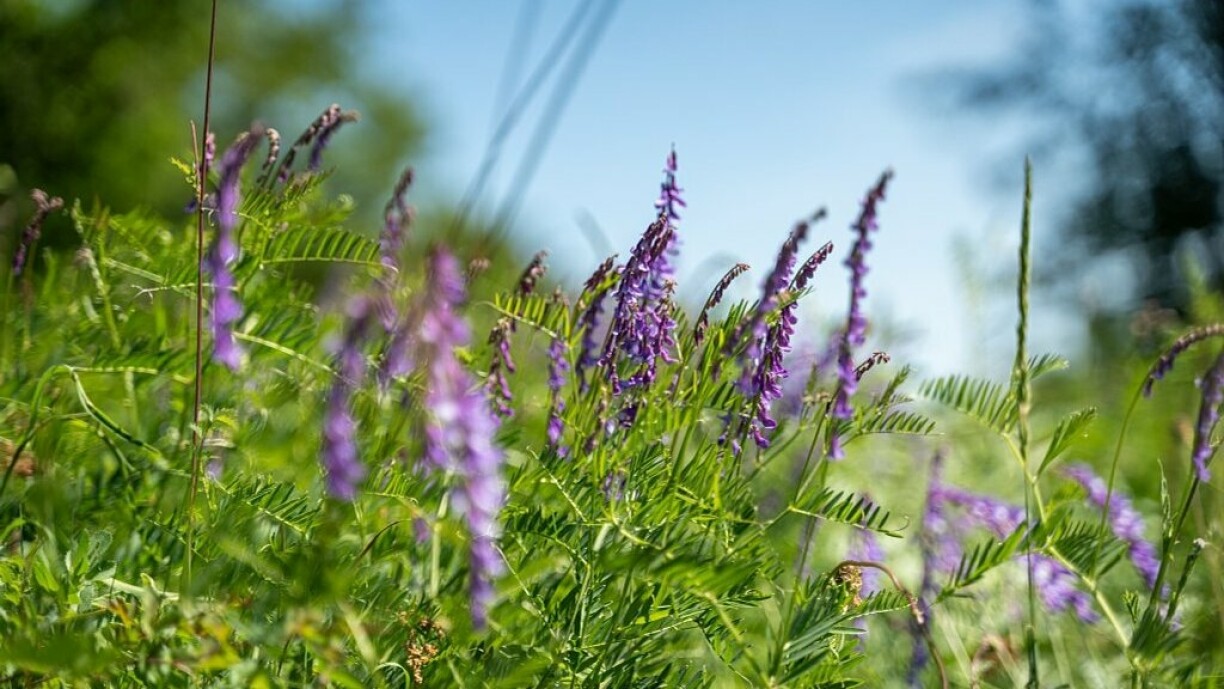
The “Däiwelskopp” nature reserve in Moersdorf is among those places witnessing botanical changes as shifting climate patterns introduce new orchid species to Luxembourg’s ecosystem. Georges Moes, an agricultural engineer with the Help for Nature Foundation, explained to our colleagues from RTL Télé that the reserve’s distinctive name (“Devil’s Hilltop”) originates from its unique geological features. The area’s dolomite rock formations emit warm, humid air through cracks during winter months, creating steam-like plumes that once led locals to believe the devil resided beneath the stones.
Luxembourg currently hosts 35-36 orchid species, down from more than 40 historically recorded. Moes noted that several varieties have disappeared over time.
These delicate flowers have a brief blooming window, typically visible from May through June, with some species persisting until August. Forest orchids may remain visible slightly longer, with their longevity heavily dependent on weather conditions. “Warm, dry conditions accelerate blooming, while cooler temperatures in early summer can extend the flowering period to two or three weeks,” Moes explained. Most local orchid species trace their origins to Mediterranean regions.
The lizard orchid has experienced dramatic proliferation across Luxembourg in recent years, according to Moes. “We’re now seeing them along roadsides and even in private gardens,” he said, describing orchids as pioneer species capable of rapid adaptation to changing conditions. The agricultural engineer attributes this expansion to consecutive years of unusually hot summers creating favourable conditions for Mediterranean-origin species.
The lady orchid currently holds the distinction of being Luxembourg’s most common orchid species.
Meanwhile, the bird’s-nest orchid thrives in forested areas and is currently reaching peak bloom. This unique species features root structures resembling avian nests and survives without chlorophyll through a symbiotic relationship with tree roots. It has particularly flourished in Luxembourg’s limestone-rich soils.
Moes identified several prime orchid habitats including the Moselle River valley, Junglinster and Mersch regions, and the “Aarnescht” nature reserve which hosts approximately 20 species. Former mining sites and wetland areas - particularly the Sûre Meadows near Hosingen - have also become unexpected sanctuaries for diverse orchid populations.